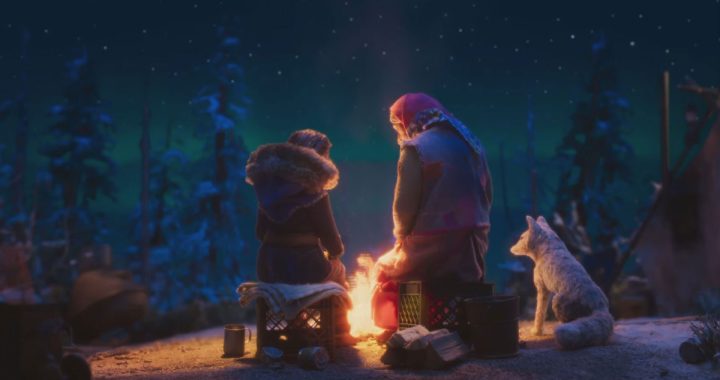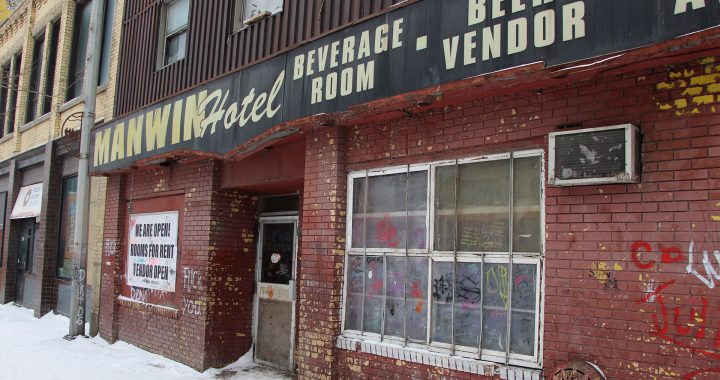Fifteen years in the making, including consultations, protests and court battles, a plan to protect a vast watershed in northern Yukon has finally come to fruition.
On Aug. 22 representatives from the Tr’ondÎk HwÎch’in, the Gwich’in Tribal Council, Na-cho Nyak Dun First Nation, the Vuntut Gwitchin Government and the Government of the Yukon gathered on the traditional territory of the Na-cho Nyak Dun in Mayo, Yukon to sign the long awaited Peel Watershed Regional Land Use Plan.
The plan was developed to protect more than 67,000 square kilometres of wilderness in the watershed region — lands and waters used by the four First Nations and their ancestors for millennia.
It designates 83 per cent of the region as a conservation area, while permitting integrated management and various levels of development in the remaining 17 per cent.
“There was no choice for us when it came to protecting the Peel Watershed,” Gwich’in Tribal Council Vice President Jordan Peterson said at the signing ceremony. “This plan is a promise from us to future generations to protect this region as a rich and pristine place to learn, live and grow — just as it was left for us.”
In 2014, the Yukon territorial government announced it would allow mining in the watershed region and only protect less than one-third of the area.
That decision triggered a three-year court battle over the meaning and intent of the Yukon First Nations’ modern treaty. The Supreme Court of Canada rejected the Yukon government’s plan to open 70 per cent of the watershed up to mining, instead siding with the First Nations’ interpretation of the treaty.
- Peel decision ‘a victory of democracy’: Chief Roberta Joseph
- Yukon government appealing Peel river watershed decision
The plan now includes 42 recommendations and a plan to designate three categories of conservation areas specific protections.
Before speaking each government representative poured water from their region into a larger container to represent the rivers that flow into the Peel, and also unity between territories.
Tr’ondëk Hwëch’in Chief Roberta Joseph honoured the elders who guided the effort to protect the lands and waters of the Peel.
“They are the backbone and the nucleus of our people and all of the elders we lost before they had a chance to see this plan signed,” she said. “Their support is still with us in spirit.”
The region has previously-staked mining claims dating back years. Yukon Premier Sandy Silver says the territorial government is not prepared to compensate claim holders but will work with claim holders and partners in the area.
After the signing, guests were treated to a feast and performances that went into the evening.











